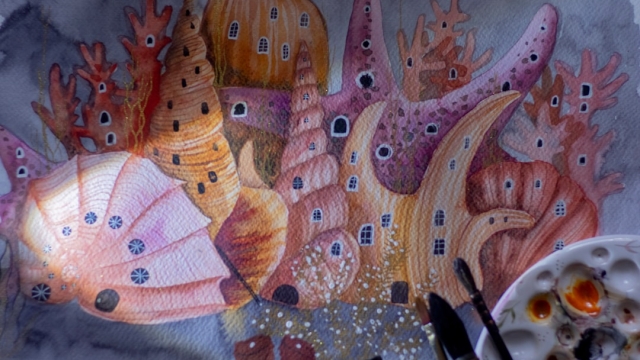Understanding the Biology of Fish Breeding
Fish breeding is a critical component of aquaculture, playing a vital role in ensuring sustainable fish production to meet the growing demand for seafood. Effective breeding practices not only enhance fish yield but also contribute to the overall health and resilience of fish populations. This article delves into the important aspects of fish breeding optimization, focusing on understanding the biology of fish breeding, creating the ideal breeding environment, and implementing nutritional strategies that support healthy breeding processes.
Understanding the Biology of Fish Breeding
The success of fish breeding hinges on a robust understanding of fish biology. Key factors such as reproductive behavior, spawning cycles, and genetic diversity significantly influence breeding outcomes. Most fish species have specific mating rituals and environmental cues that stimulate spawning. For instance, temperature changes, light cycles, and water quality can trigger reproductive behaviors. Recognizing these biological indicators allows breeders to create conditions that encourage successful mating and spawning.
Moreover, genetic diversity is crucial for the long-term health of fish populations. Inbreeding can lead to a decline in genetic health, resulting in lower growth rates, increased disease susceptibility, and reduced reproductive success. Therefore, incorporating a diverse genetic pool through selective breeding practices can significantly enhance the quality and resilience of the offspring. Understanding these biological fundamentals is essential for anyone looking to optimize their fish breeding efforts.
Best Practices for Breeding Environment Setup
Creating an optimal breeding environment is paramount for successful fish reproduction. Key elements to consider include water quality, habitat design, and stress reduction. Maintaining ideal water conditions—such as temperature, pH level, and oxygen concentration—is essential. Regular monitoring and adjustments ensure that the aquatic environment remains conducive to breeding.
Habitat design also plays a critical role. Providing adequate shelter, spawning substrates, and space for the fish to exhibit natural behaviors contributes to a stress-free environment. For example, incorporating plants or artificial structures can help mimic natural habitats, providing hiding spots for both adult fish and their offspring. This design not only encourages breeding but also promotes the healthy development of young fish.
Additionally, minimizing stress is crucial during the breeding process. Factors such as overcrowding, aggressive tank mates, and sudden environmental changes can negatively impact breeding success. Implementing strategies to reduce stress—like gradual acclimatization to new environments and careful selection of tank mates—further enhances the chances of successful breeding outcomes.
Nutritional Strategies for Healthy Fish Breeding
Adequate nutrition is a cornerstone of successful fish breeding optimization. Providing a balanced diet rich in essential nutrients supports the health and reproductive capabilities of breeding fish. Key nutritional elements include proteins, fatty acids, vitamins, and minerals, all of which contribute to overall fish vitality and reproductive performance.
Protein is particularly important for breeding fish, as it plays a crucial role in gamete production and overall growth. Fish diets should include high-quality protein sources, such as fish meal, shrimp meal, and plant-based proteins. Additionally, incorporating omega-3 fatty acids can enhance reproductive success by improving egg quality and fry development.
Vitamins and minerals also play a vital role in reproductive health. For instance, vitamin E is essential for proper gamete function, while calcium contributes to egg development. Providing a varied diet that meets these nutritional needs will ensure that the breeding fish remain healthy and productive.
Conclusion
Optimizing fish breeding involves a multifaceted approach that considers biological principles, environmental conditions, and nutritional strategies. By understanding the complexities of fish reproduction, setting up an ideal breeding environment, and ensuring proper nutrition, aquaculturists can significantly enhance their breeding outcomes. Experimenting with these techniques and continually refining practices will lead to improved efficiency and sustainability in fish production. For more insights and resources on fish breeding optimization, consider exploring additional educational platforms that focus on aquaculture best practices.



